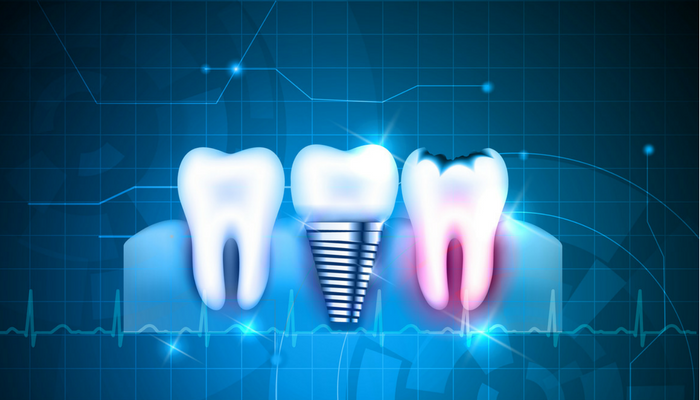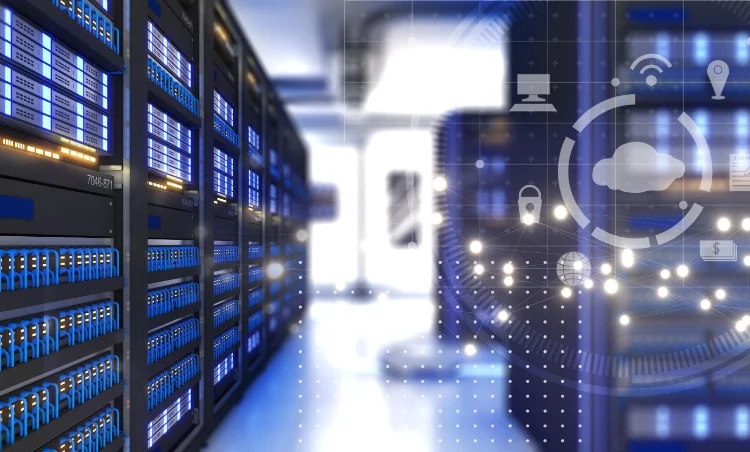Digital dentistry is changing the way pediatric dentists care for young patients. By using technology, dentists make visits less scary and more efficient. Tools like 3D imaging and San Antonio invisalign help create personalized treatment plans. These advancements lead to better outcomes for kids. They minimize discomfort and speed up routines. Pediatric dentists are embracing these tools to ensure every child receives the best care possible.
3D Imaging and Its Impact
3D imaging is a breakthrough in pediatric dentistry. It allows dentists to see a detailed view of a child’s teeth and jaws. This technology helps in diagnosing issues early. It also reduces the need for invasive procedures. With 3D images, treatment is precise and effective.
The benefits of 3D imaging include:
- Accurate diagnosis of dental issues
- Less exposure to radiation compared to traditional X-rays
- Improved communication with parents using clear visuals
Many dental practices are adopting this technology. According to the National Institute of Dental and Craniofacial Research, early detection can prevent more serious problems later.
Invisalign for Kids
Invisalign is not just for adults. Many children now benefit from this clear aligner technology. It’s an excellent alternative to traditional braces. Invisalign is comfortable and less noticeable, which is ideal for self-conscious kids.
Advantages include:
- Customized fit for each child
- Easy to clean and maintain
- Fewer dental visits needed for adjustments
Invisalign helps keep kids smiling confidently throughout their treatment. It also encourages good oral hygiene habits since the aligners are removable.
Comparison: Traditional Braces vs. Invisalign
| Feature | Traditional Braces | Invisalign |
|---|---|---|
| Visibility | Highly noticeable | Nearly invisible |
| Comfort | Can cause irritation | Generally more comfortable |
| Maintenance | Complex cleaning routines | Easy to clean |
| Diet Restrictions | Many restrictions | No restrictions |
Laser Dentistry
Laser technology is another significant advancement. It makes dental procedures quicker and less painful. Lasers help in treating cavities without the need for drills. This technique is less intimidating for children.
The key benefits of laser dentistry are:
- Reduced need for anesthesia
- Minimized bleeding and swelling
- Faster healing times
The American Dental Association supports the use of lasers for various dental treatments due to their precision and effectiveness.
Teledentistry: A New Frontier
Teledentistry is gaining traction as a tool for pediatric care. It allows dentists to consult with patients remotely. Parents can discuss concerns and receive guidance without a trip to the office. This is particularly helpful for families in remote areas.
Benefits include:
- Convenience of remote consultations
- Quick access to dental advice
- Reduced travel time and costs
Conclusion
Digital dentistry is reshaping pediatric care. With advanced tools and techniques, dentists provide better, faster treatment. These improvements mean less stress for children and parents alike. As technology continues to evolve, pediatric dental care will become even more effective and child-friendly.












